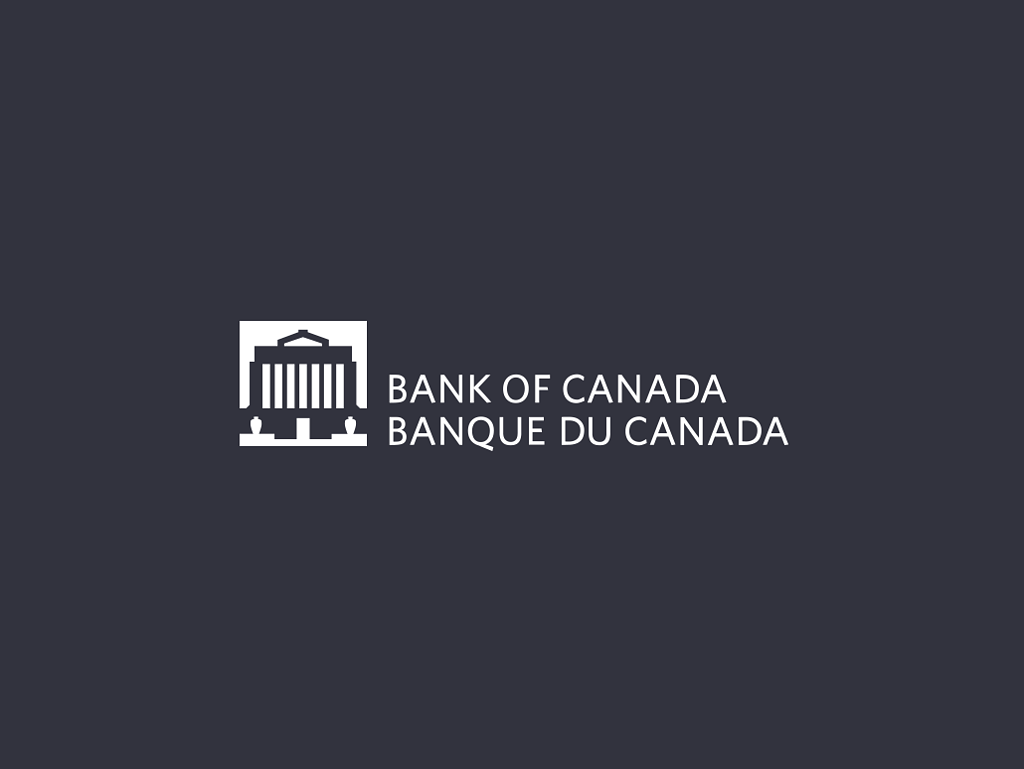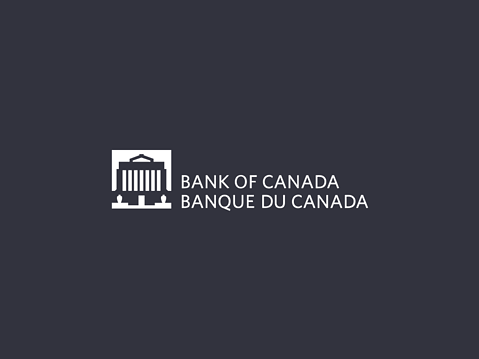The Bank of Canada cut interest rates for a second consecutive decision on Wednesday (July 24), bringing a sigh of relief to many homeowners and prospective buyers.
This decision means the central bank’s benchmark rate has dropped by 50 basis points since early June, easing the burden on variable-rate mortgage holders and home equity line of credit (HELOC) borrowers while improving affordability for some homebuyers.
The Bank of Canada’s series of interest rate hikes throughout 2022 and 2023 caused prime rates, which are directly tied to its overnight rate, to surge. This development led the majority of borrowers to favor the stability of (often short-term) fixed rates.
Those options will remain the most popular choice for the moment, because fixed rates are still lower than variable rates, but the spread between fixed and variable rates is definitely thinning.
There is a decent chance that the variable rate could drop below current fixed rates at some point next year, meaning borrowers could see potential long-term gains if they’re willing to handle higher payments in the near future.
This view is supported by the growing conviction that further rate cuts are ahead from the Bank of Canada in the coming months, with the central bank leaving the door open on Wednesday for rates to fall further.
What’s in store for the rest of 2024?
Inflation is trending in the right direction, and the Bank registered some concern at Canada’s growing unemployment rate, signs that top economists believe indicate more rate drops are on the way.
If rates keep sliding for the rest of the year, all types of transactions could gradually increase, whether purchases or refinances. With a well-publicized wave of mortgage renewals also underway, the prospect of a continual decline in rates would be welcome.
That could give borrowers more flexibility and freedom when it comes to choosing a lender upon renewal, allowing people the opportunity to shop around and hopefully they can qualify based on the stress test rates to get a lower rate with a different lender.
Banks turn to new tactic on fixed-rate offerings
On the fixed-rate front, an increasingly common tactic employed especially by the country’s biggest banks: choosing not to announce or disclose their lowest rates, instead reviewing transactions on a case-by-case basis and often offering a lower rate based on what competitors are offering.
Higher posted rates also allow those banks to charge higher interest rate differential (IRD) penalties, because when they calculate IRD penalties, they look at your original rate that you signed for, excluding the discounts you received. So always compare your original rate before your discounted rate.

